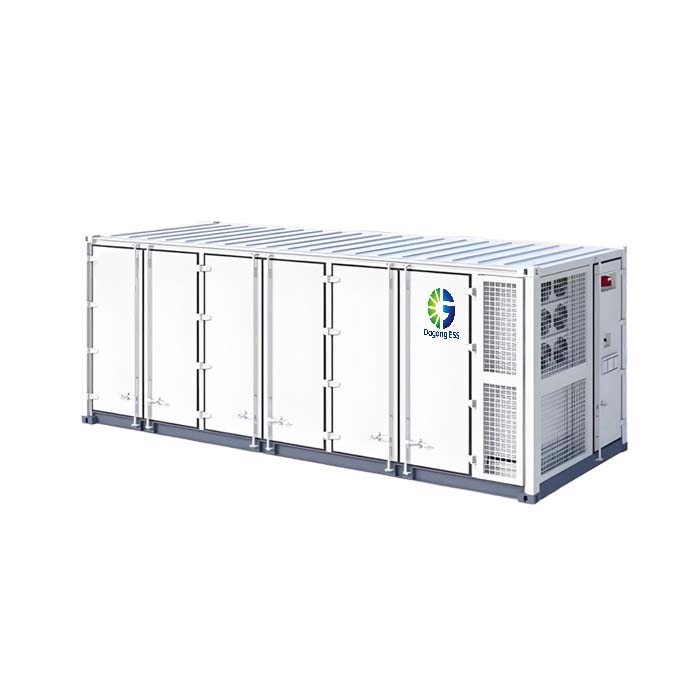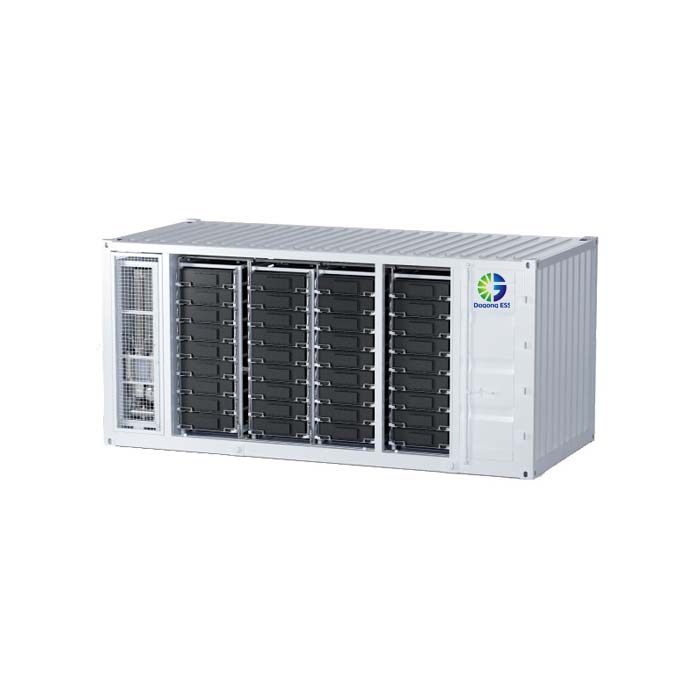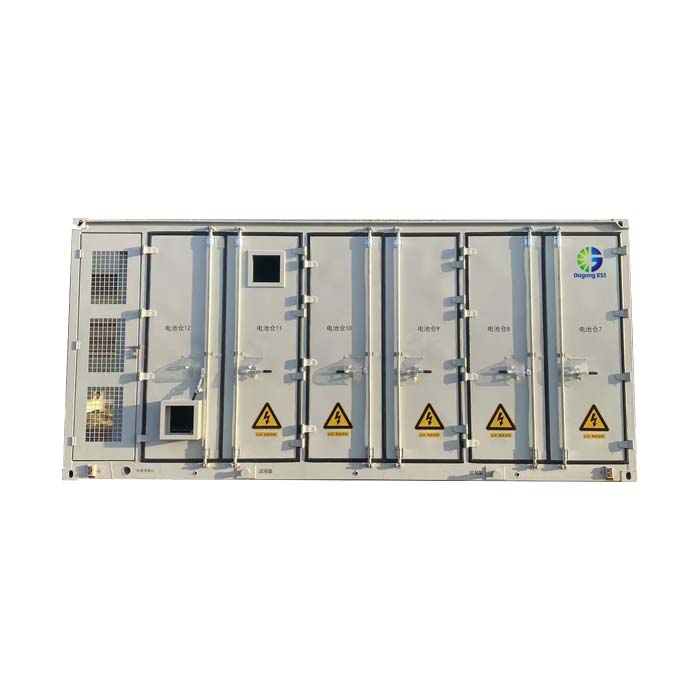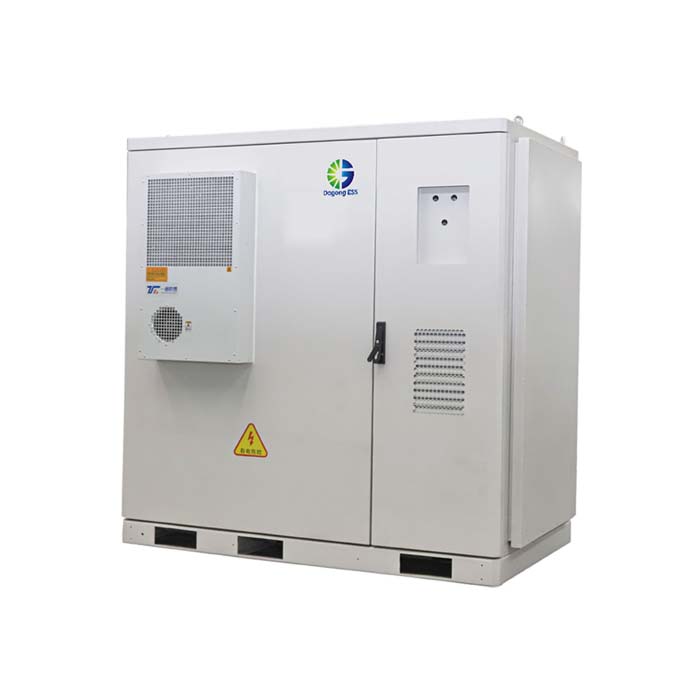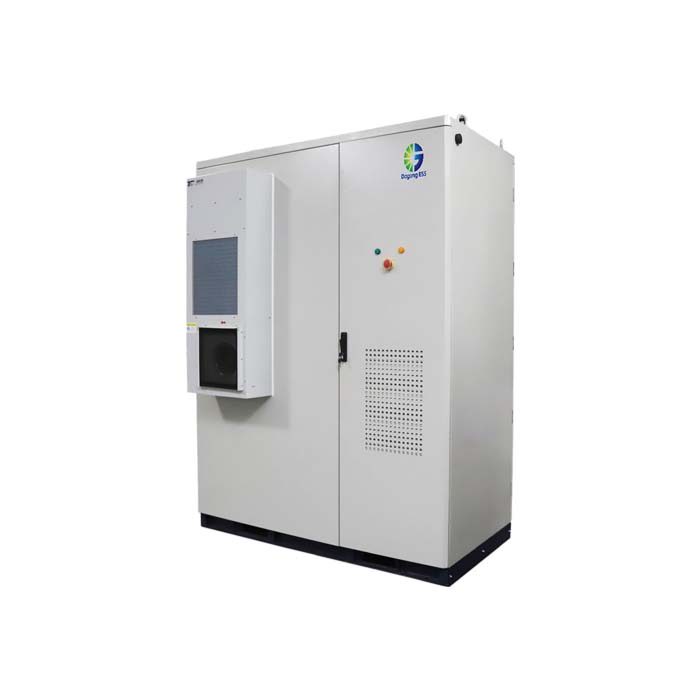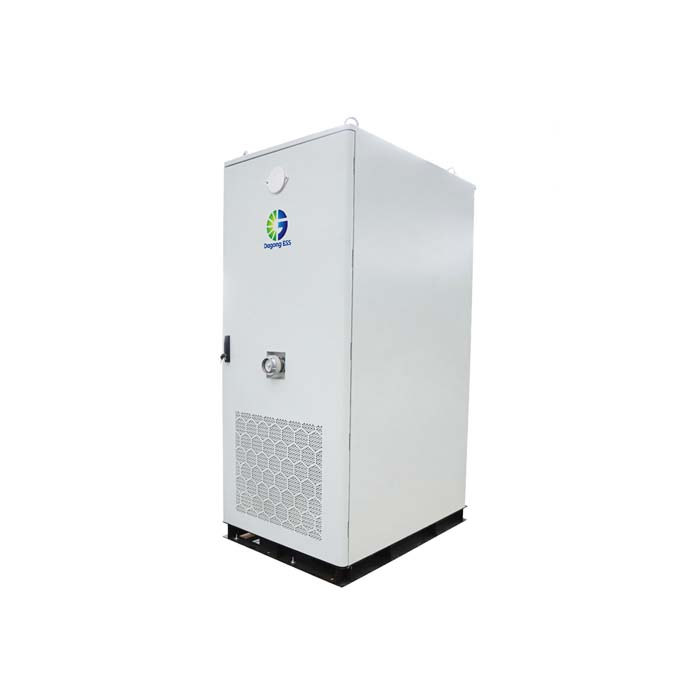Peak Shaving and Load Shifting with Lithium Battery Energy Storage Systems
What is Peak Shaving and Load Shifting?
Peak shaving and load shifting are two smart energy management strategies that help businesses reduce electricity bills and improve energy efficiency by using lithium battery energy storage systems (ESS).
Peak shaving refers to reducing electricity use during peak demand hours by discharging stored energy.
Load shifting involves storing energy during off-peak hours and using it later when electricity prices are higher.
These strategies are especially valuable for commercial and industrial (C&I) users facing demand charges or time-of-use (TOU) electricity pricing.
Types of ESS for Peak Shaving and Load Shifting
Cabinet-Based Lithium ESS
Capacity: 100kWh–300kWh
Ideal for commercial buildings, schools, retail stores
Containerized ESS
Capacity: 500kWh–5MWh+
Designed for factories, data centers, EV charging stations, and utilities
Hybrid PV + ESS Systems
Combines solar generation with storage
Enables renewable-powered peak shaving
Dagong ESS offers all of the above options with both air-cooled and liquid-cooled configurations.
Features of Lithium Battery ESS for Peak Management
Fast Response: Discharge within milliseconds to support real-time grid demands
High Cycle Life: 8000+ charge/discharge cycles at 70% SOH
Smart EMS Control: Automates energy shifting based on utility rates
Scalability: Modular designs from 100kWh to multi-megawatt setups
Safety-Certified: CE, UN38.3, MSDS, IEC, and 3C compliance
Remote Monitoring: Real-time data access and fault diagnostics
Applications of Peak Shaving and Load Shifting
Manufacturing Facilities: Reduce high load charges from machinery start-ups
Commercial Buildings: Lower TOU electricity costs and backup power
EV Charging Stations: Supply fast charging during grid peak hours
Renewable Energy Projects: Store solar/wind power and discharge during peak demand
Microgrids: Enhance reliability and off-grid operation
Price of Lithium ESS for Peak Shaving
Pricing is based on:
System size (100kWh to 5MWh+)
Cooling type (air-cooled vs. liquid-cooled)
Integration needs (PV, EMS, grid connection)
Air-cooled cabinets (100kWh–241kWh) are more cost-effective for mid-scale peak shaving. Liquid-cooled container systems (215kWh–5MWh) suit larger factories or EV infrastructure.
Prices are usually quoted as EXW, FOB, or CIF, depending on logistics and project location.
How to Select the Right ESS for Peak Shaving and Load Shifting?
Analyze Your Energy Usage Curve
Identify peak load hours and usage patterns
Calculate daily kWh needed for peak offset
Check Your Tariff Structure
TOU pricing or demand charges? Affects ROI and system sizing
Define System Size
Small commercial: 100–250kWh
Large industrial: 500kWh–5MWh+
Choose the Right Cooling
Air-cooled: lower cost, easier maintenance
Liquid-cooled: better thermal performance in hot/high-load environments
Ensure Certifications & Safety
Look for CE, UN38.3, MSDS, IEC compliance for grid integration and insurance approval
How Long Does a Lithium Battery ESS Last?
A well-designed ESS with LFP battery chemistry typically offers:
8000+ cycles at 70% SOH
Lifespan of 15+ years, assuming one full cycle per day
System longevity is influenced by:
EMS accuracy
Cooling system performance
Depth of discharge (DoD) management
Regular maintenance
The Supplier of ESS for Peak Shaving and Load Shifting: Dagong ESS
Dagong ESS provides turnkey lithium battery energy storage solutions tailored for peak demand control and load optimization:
✅ Air-Cooled Systems
100kWh–144kWh Cabinets
215kWh–241kWh CTP Modular Cabinets
✅ Liquid-Cooled Systems
215kWh and 372kWh Cabinets
3.35MWh Liquid-Cooled Container
5MWh Air-Cooled ESS Container
All systems are built with safe LFP batteries, feature real-time monitoring, and support parallel expansion. Certified under CE, UN38.3, MSDS, 3C, and IEC standards.
📧 For peak shaving solutions or system design consultation, contact Dagong ESS today:
Email: sales@dagongess.com
Website: 🌐 www.dagongess.com


